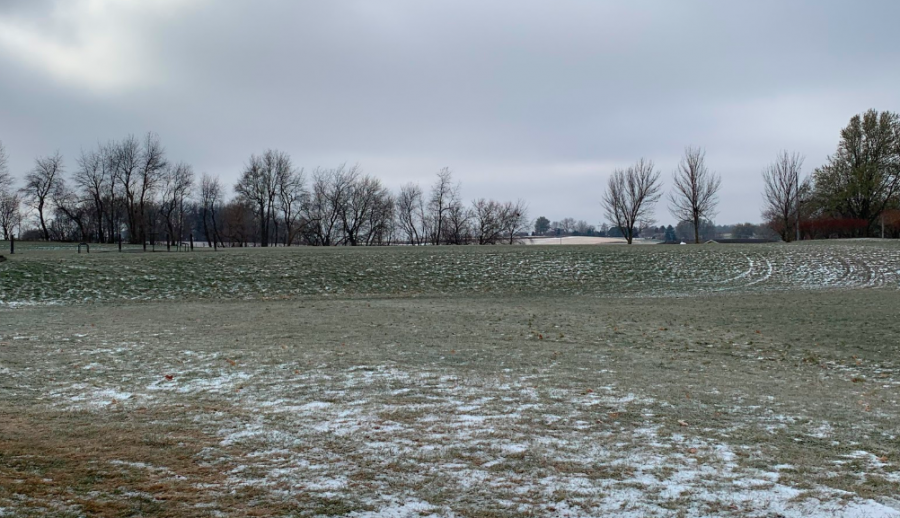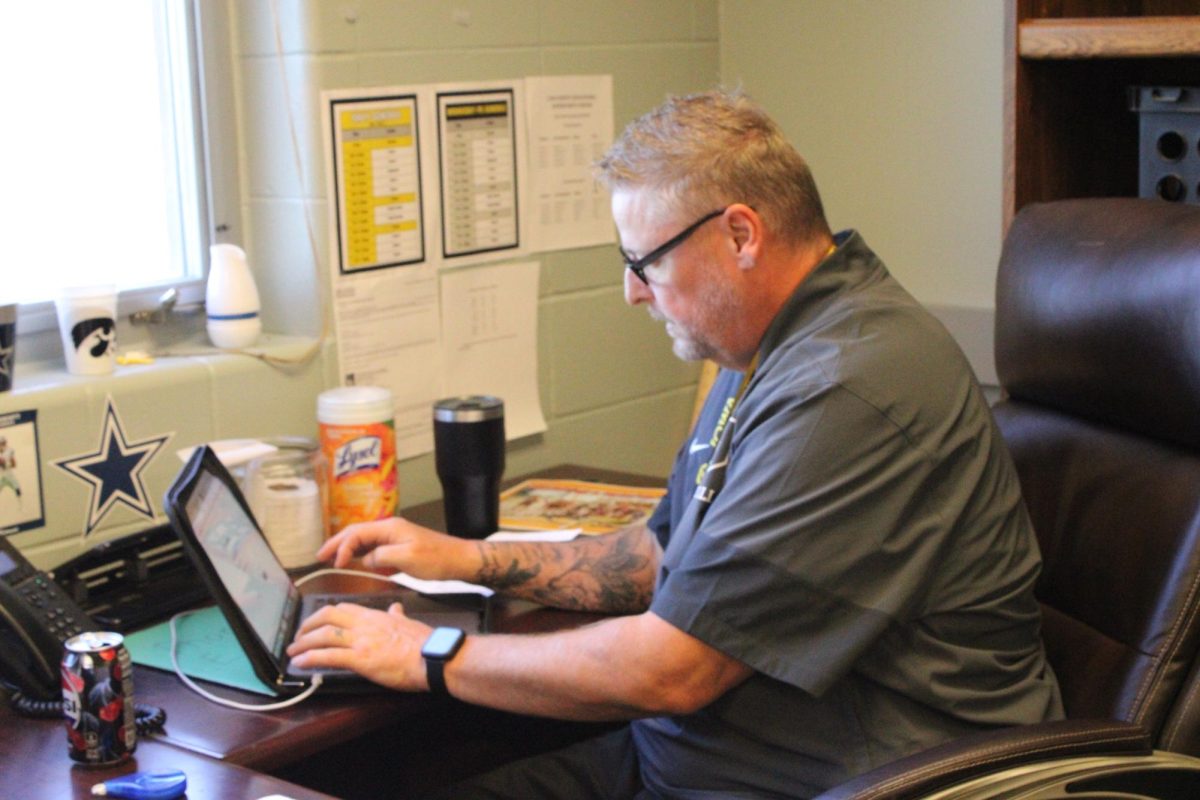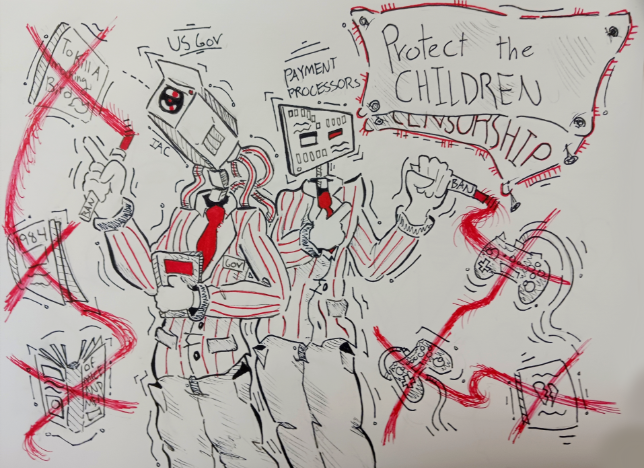Not Just the Winter Blues
People of all ages can be affected by seasonal affective disorder.
The majority of people with seasonal affective disorder experience it during late fall and winter. Over 14 million Americans experience it.
November 20, 2019
With the transition from fall to winter come many things. Temperatures are dropping rapidly, leaves are falling, and suddenly it’s pitch black outside at 6 p.m. For some people, this is no big deal. For others, especially those affected by seasonal depression, or seasonal affective disorder, it can make getting through the day quite the challenge.
Seasonal affective disorder is defined as “depression associated with late autumn and winter and thought to be caused by a lack of light.” According to Kids’ Health, symptoms include low energy, changes in sleep and eating, and a decline in socialization. For teenagers affected, this could make everyday tasks like going to school and completing homework a lot harder than normal. Adults, teens, and children can all be affected by SAD and 14 million Americans experience it, according to Healthychildren.org.
Although not everyone is diagnosed with seasonal affective disorder or fully experiences it, many do experience what could be called “the winter blues.” Junior Bri Wilson doesn’t personally experience seasonal affective disorder but is affected by the weather change from summer to fall and winter. “I’m happier in the summer,” Wilson said. She also explained the weather change makes it harder for her to stay motivated. “I hate the cold,” Wilson said. The same can be said for junior Alicia Pastrana. Although she hasn’t been diagnosed, she experiences many symptoms of SAD when the winter months roll around. “Since it gets darker earlier now, I don’t have a lot of motivation to do anything,” Pastrana said. She explained that as a result of this, she procrastinates homework more and lacks “drive” to do errands and chores.
If diagnosed with seasonal affective disorder, options for help include getting more exercise (outdoors), spending time with family, and keeping healthy eating habits. All of these factors influence personal well-being but are especially crucial for those suffering from SAD in the winter months.
In addition, asking for help, is important. If you think you bare symptoms of SAD, talk to a doctor to find out what your options are for help.








